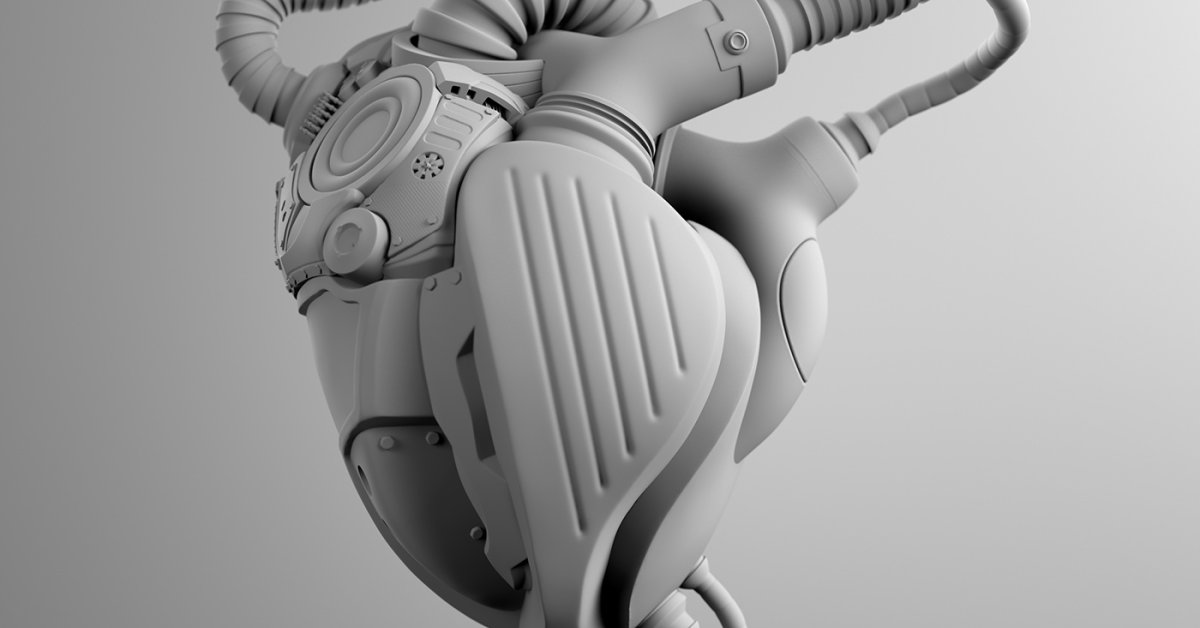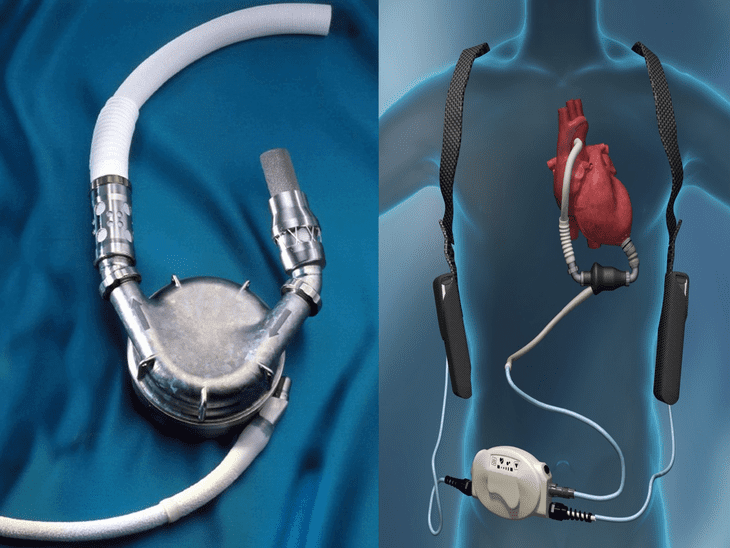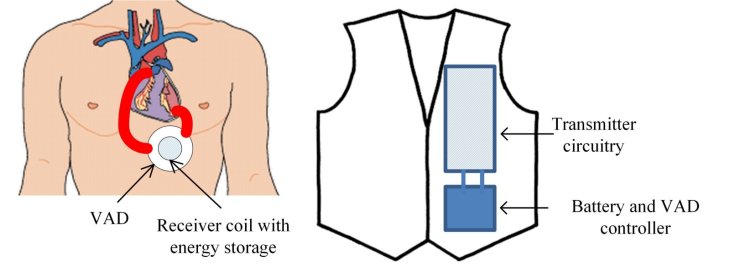This Implanted Heart Device Can Charge Wirelessly
Arnav Dhar - Feb 18, 2019

This VAD can charge wirelessly thus free the patients from the issues of conventional devices.
Over 50 years back, a ventricular assist device (VAD) was first implanted into a patient whose heart failed to pump blood. From that point forward, this device has helped a lot of people to deal with their heart diseases, including Ismail Tursunov.
This 24-year-old was encountering a severe heart failure before he was implanted with a VAD by Kazhakstan doctors back in December. However, the gadget in Tursunov's chest is not normal compared to the conventional ones — it can charge wirelessly, thus tackling one of the greatest disadvantages in a gadget that is not allowed to have power failures.
Conventionally, a VAD has to charge itself by means of a wire that starts inside the device to a dedicated hole on the patient's abdomen. The wire associates either straightforwardly to an electrical plug to charge the gadget or to an outer battery. As you can imagine, this is really troublesome for the patient to maintain a normal life.
It is really cumbersome for people who use conventional VADs because they always have to carry at least a backup battery to replace it in case of power failure within 15 minutes or else the devices will stop working. Not to mention the abdomen's hole is a great infection risk and must be taken care of all the time.

The traditional VAD
Yet, Tursunov's VAD needn't bother with all of those troubles thanks to Israeli firm Leviticus Cardio's new system.
The device consists of a receiver inductive coil, an internal controller, and a battery, all embedded inside his chest. One single charge can last 8 hours and when needed to charge, Tursunov only needs to wear a special vest that charges the device wirelessly.

A wrist screen helps Turnsunov monitor the device, even if its battery gets excessively low or the gadget encounters some other issues, an interior vibration caution is activated. Just in the event that something turns out badly with the charger, Tursunov has a back-up alternative using a wire, yet he hasn't needed to utilize it since his implantation.
Many experts who are not working on the devices, including Nir Uriel from the University of Chicago, are being really positive about the innovation. He expressed in the device announcement conference that this is something that all of the patients and medical communication have been waiting for.
Featured Stories

Features - Jul 01, 2025
What Are The Fastest Passenger Vehicles Ever Created?

Features - Jun 25, 2025
Japan Hydrogen Breakthrough: Scientists Crack the Clean Energy Code with...

ICT News - Jun 25, 2025
AI Intimidation Tactics: CEOs Turn Flawed Technology Into Employee Fear Machine

Review - Jun 25, 2025
Windows 11 Problems: Is Microsoft's "Best" OS Actually Getting Worse?

Features - Jun 22, 2025
Telegram Founder Pavel Durov Plans to Split $14 Billion Fortune Among 106 Children

ICT News - Jun 22, 2025
Neuralink Telepathy Chip Enables Quadriplegic Rob Greiner to Control Games with...

Features - Jun 21, 2025
This Over $100 Bottle Has Nothing But Fresh Air Inside

Features - Jun 18, 2025
Best Mobile VPN Apps for Gaming 2025: Complete Guide

Features - Jun 18, 2025
A Math Formula Tells Us How Long Everything Will Live

Features - Jun 16, 2025
Comments
Sort by Newest | Popular